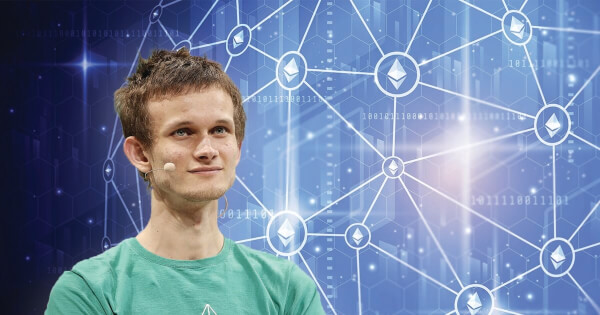Vitalik Buterin Analyzes Ethereum's Layer 2 Solutions
Zach Anderson Oct 31, 2023 10:30
On October 31, 2023, Vitalik Buterin discussed Ethereum Layer 2 ecosystem, highlighting trade-offs between Rollups, Validiums, and Disconnected Systems, securing and scalability, pre-confirmations, trustless Ethereum interactions, and potential chain transformation into Validium.

Ethereum founder, Vitalik Buterin, delved into the intricacies of Layer 2 (L2) solutions on the Ethereum blockchain in a detailed post dated October 31, 2023. He acknowledged the rapid expansion of the L2 ecosystem, especially the ZK-EVM rollup segment, featuring notable projects such as StarkNet, Arbitrum, Optimism, and Scroll. He lauded the advancements in security, with L2beat mentioned as a good resource for tracking the progress of these projects.
A notable observation by Buterin is the growing heterogeneity within L2 projects. He foresees a continuous trend driven by key factors:
1. Independent Layer 1 (L1) projects seeking closer alignment with Ethereum, albeit cautiously to avoid compromising usability or losing momentum.
2. Centralized projects exploring blockchain for enhanced security.
3. Non-financial applications like games and social media, eyeing decentralization with a balanced approach to security based on the nature and value of activities conducted on-chain.
He emphasized that while current Ethereum L1 users might tolerate moderate rollup fees, newcomers from the non-blockchain realm are unlikely to accept any fee, especially when transitioning from a no-fee environment.
Buterin dissected the trade-offs among Rollups, Validiums, and Disconnected Systems, particularly focusing on the security and scalability aspects. The core question revolves around the assurance level of moving an asset from L1 to L2 and back to L1. He presented a comparative chart to explain the technology properties, security guarantees, and costs associated with each system type.
He also presented a spectrum of intermediate solutions like a validating bridge and discussed the cost of Ethereum's native data availability versus an application's needs, which would ultimately influence the choice between different L2 solutions.
An interesting concept introduced is "pre-confirmations," providing a form of partial guarantee by attesting to the order and post-state root of transactions. This could be beneficial for low-value, high-frequency applications, offering a lower-security, low-latency solution within the same ecosystem accommodating high-security, high-latency applications.
Buterin highlighted the importance of a system's ability to trustlessly read the Ethereum blockchain, and the security implications it entails. He proposed two solutions: ensuring the top chain reads only finalized blocks of Ethereum or allowing the top chain to revert if Ethereum reverts.
He further delved into the concept of transforming a separate chain into a Validium through a two-way validating bridge. However, he pointed out that several edge cases, like handling 51% attacks or hard fork upgrades on Ethereum, require a social commitment to address exceptional scenarios.
In conclusion, Buterin explored two key dimensions of connectedness to Ethereum: the security of withdrawing to Ethereum and the security of reading Ethereum. He acknowledged the value of projects across different regions of this design space, advocating for a potential transition from looser to tighter couplings with Ethereum as technology evolves over time.
Image source: Shutterstock.jpg)